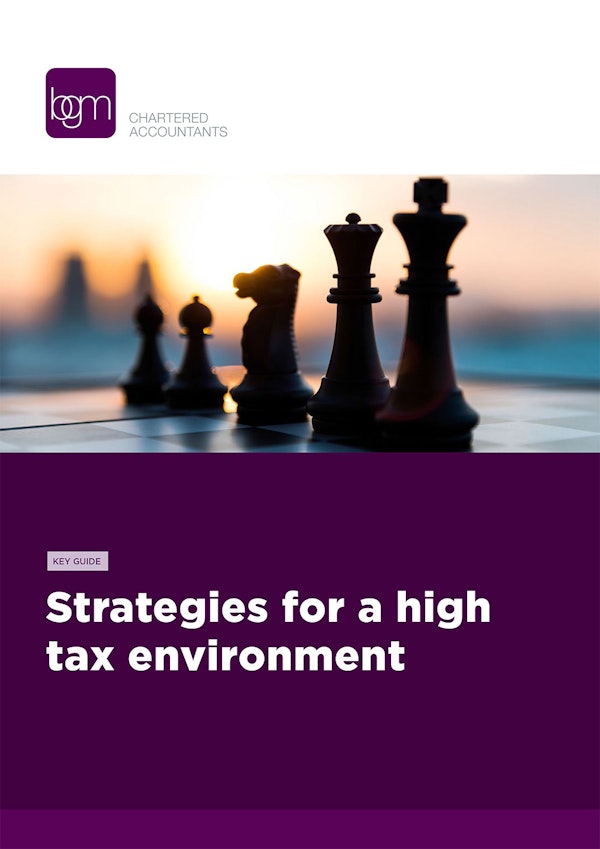Strategies for a high tax environment
Tax burdens change as you earn more
After almost a decade of personal allowance increases, the last four years have seen the personal allowance and the higher-rate tax thresholds frozen. This covert revenue-raising method has seen the population of income tax payers in 2024/25 increase by 18% more than in 2020/21, with another five percentage points increase projected by 2028/29. At the same time, the number paying higherrate or additional-rate tax has risen more rapidly – an increase of 69% over the last five years. By 2028/29 the Office for Budget Responsibility (OBR) estimates that nearly one in four of all income taxpayers will be paying more than basic rate.

The figures reflect a truth often felt by some – that the tax burden increases as you start to earn more. The previous government’s focus on cutting individual national insurance contribution (NIC) rates underlines how politically difficult it is to reduce income tax rates at high income levels. Those NIC cuts did not fully counter the increased future tax burden resulting from the extension of those threshold freezes to April 2028 and measures such as:
- a near £25,000 reduction in the additional rate tax threshold from 2023/24;
- a halving of the dividend allowance to £1,000 for 2023/24 and a further halving to just £500 in 2024/25; and
- a similar approach to capital gains tax annual exemption, more than halving it to £6,000 now and then cutting it again to £3,000 in 2024/25.
In any case, the Autumn Budget 2024 largely nullified the individual NICs’ decreases with employer NICs increases, by both raising the rate and reducing the starting threshold.
Scotland has found its own way of turning the income tax screw. For example, in 2024/25 it introduce a new ‘advanced rate’ at 45% on income above £75,000 and made a 1% addition to the top rate of tax, taking it to 48%.
This guide looks at ways to mitigate that high-tax environment.






